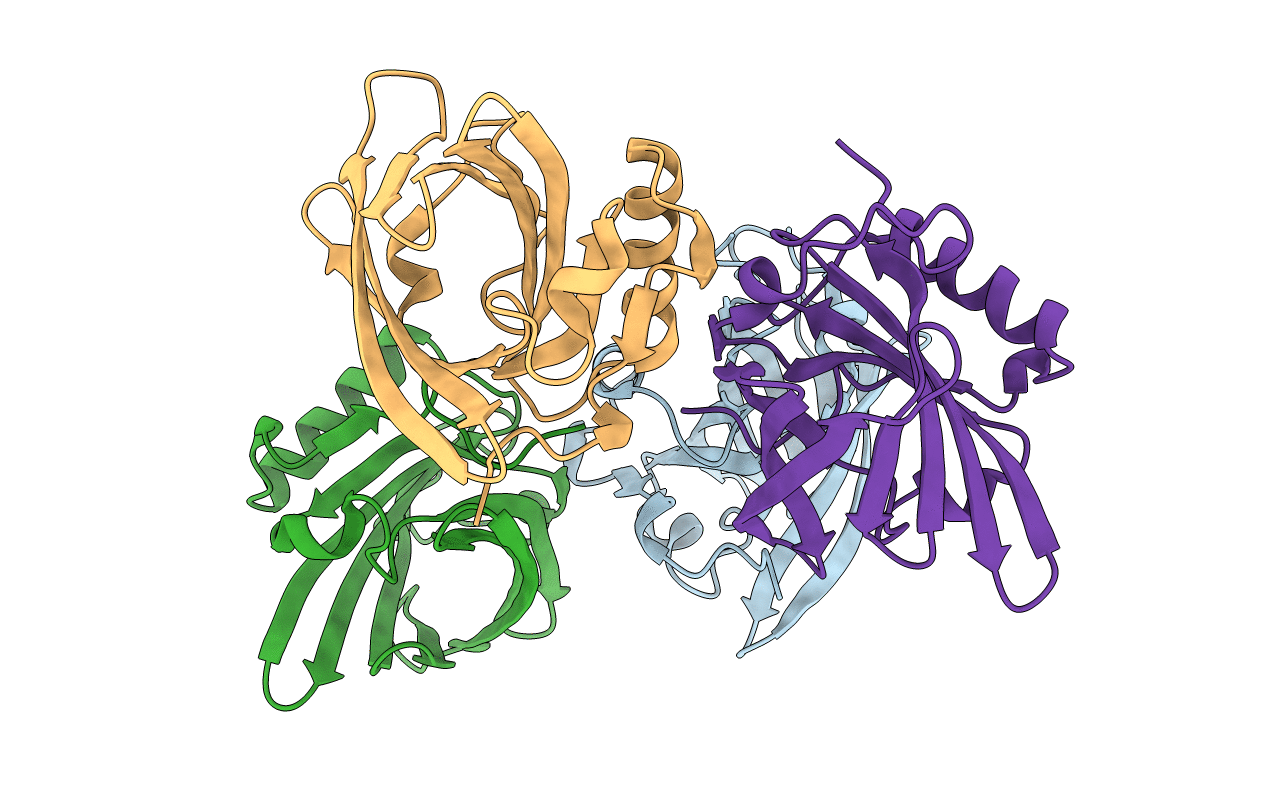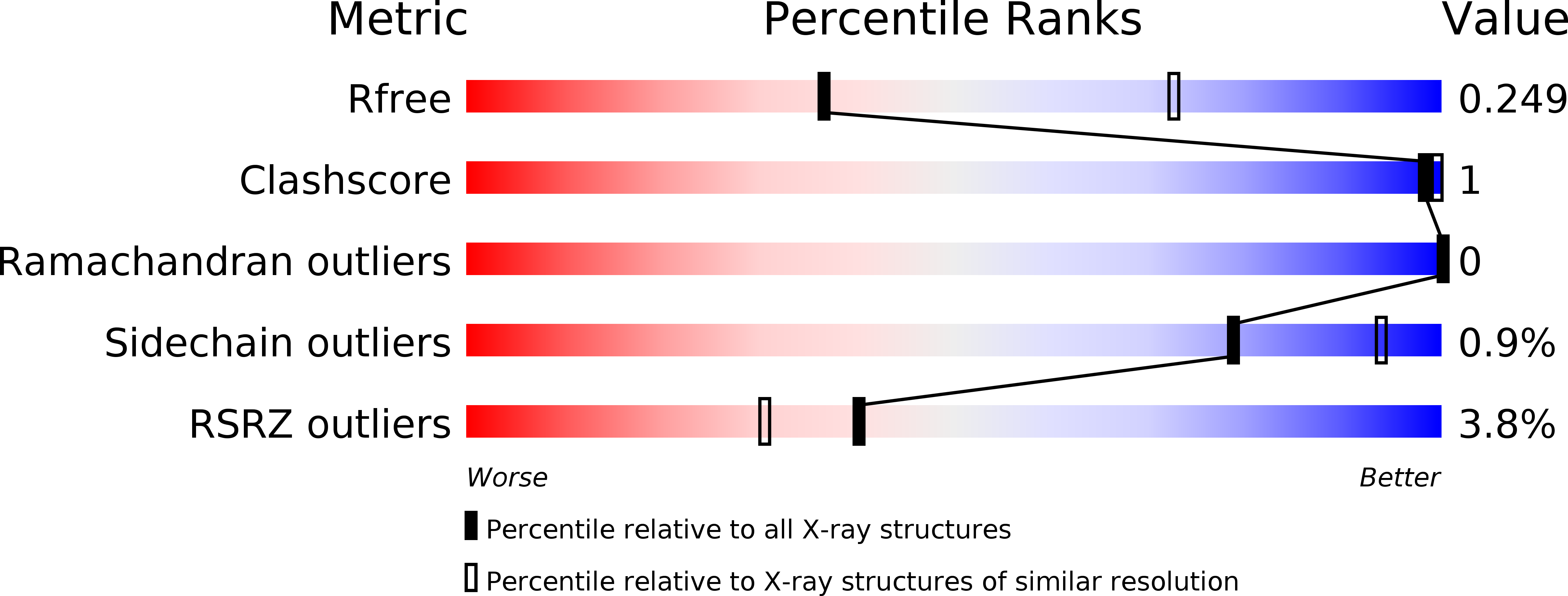
Deposition Date
2013-03-05
Release Date
2014-03-12
Last Version Date
2024-11-20
Entry Detail
PDB ID:
3ZQ3
Keywords:
Title:
Crystal Structure of Rat Odorant Binding Protein 3 (OBP3)
Biological Source:
Source Organism:
RATTUS NORVEGICUS (Taxon ID: 10116)
Host Organism:
Method Details:
Experimental Method:
Resolution:
2.80 Å
R-Value Free:
0.24
R-Value Work:
0.21
R-Value Observed:
0.21
Space Group:
P 1 21 1


